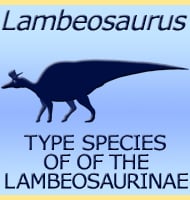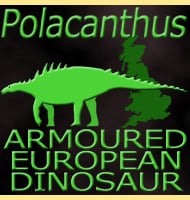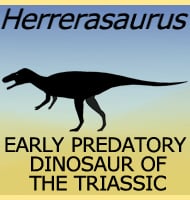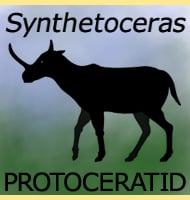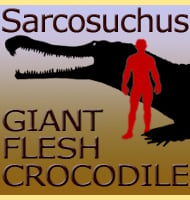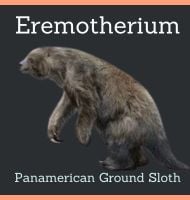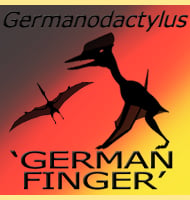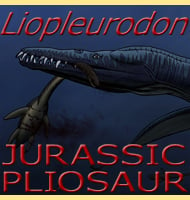In Depth
With a morphology like we see in lizards today, Thadeosaurus had a very long tail making up over half of its total body length. The legs were long and had long toes terminating in claws. It is likely that as Thadeosaurus walked, the toes would always be in contact with the ground. Thadeosaurus had a well developed breastbone suggesting attachments for powerful muscles in the upper body. As well as running, it may have been able to combine this strength with the claws on its long toes for climbing.
Another question worth considering though is could Thadeosaurus have been semi aquatic? As mentioned, the toes of Thadeosaurus were very long, but it does not make much sense for a terrestrial animal to have dragged its toes across the ground, it would just get slowed down. So perhaps Thadeosaurus was not the fast running land predator it has often been made out to be. If the toes of Thadeosaurus were webbed in life however, they would have made very powerful paddles to push Thadeosaurus through the water. A semi aquatic lifestyle could also explain the development of strong chest muscles, pushing through the water and dense aquatic undergrowth, or perhaps slippery wet rocks near the edge of the water.
Further support for a semi aquatic lifestyle for Thadeosaurus could also come from close relatives of the genus. These include the Tangasauridae, a group of diapsid reptiles that show strong development to swimming. Separate to these the genus Claudiosaurus, similar to Thadeosaurus, also shows developments that would help a creature that was at least semi-aquatic.
Further Reading
– Plesiosaur ancestors from the upper Permian of Madagascar. – Philosophical Transactions of the Royal Society. B. 293 (1066): 315–383. – R. L. Carroll. – 1981. – Ontogenetic changes in the eosuchian reptile Thadeosaurus. – Journal of vertebrate Paleontology vol 4 pp64-84. – Philip J. Currie & Robert L. Carroll – 1984.

